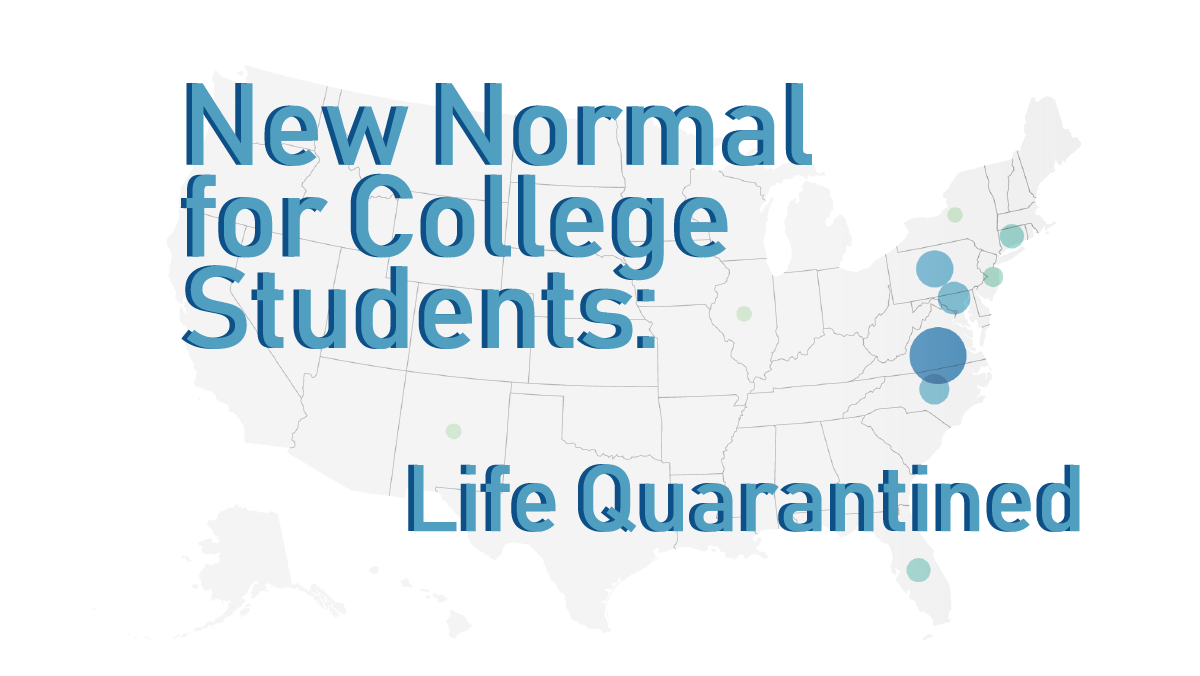Coronavirus in North Carolina
23 APRIL 2020 | by Sarah Barnes
The Coronavirus pandemic has affected every state in the United States, as well as every county in North Carolina, so in the spirit of Earth Day, I am researching to see how it has affected our environment.
According to an article by The New England Journal of Medicine, on January 19, 2020, the Coronavirus found its way into the United States via a 35-year-old man traveled home to Snohomish County, Washington from Wuhan, China.
As of the time this is being published, April 22, 2020, there are approximately 842,000 reported cases of the Coronavirus in the United States.
The virus quickly spread throughout the United States, however, most cases are contained within a few outbreak centers: New York with 250,000+, New Jersey with 68,000+, and Massachusetts with 41,000+. (link)
In the less densely-populated state of North Carolina, there are currently 7,261 reported cases.
The first reported case of the Coronavirus was on March 1, 2020.
It took North Carolina over 23 days to reach the first 1,000 cases, however only 5 days to reach the second 1,000.
After learning this information, I was curious which counties held a majority of the cases.
Of the over 7,000 cases currently, 40% of those cases were in four of NC’s 100 counties: Mecklenburg, Wake, Wayne, and Durham. (link)
Once I saw that my county was second on the list, I was curious if I could see tangible environmental impacts from the stay-at-home order for Wake County.
I discovered that most counties keep track of their Air Quality using the AQI (Air Quality Index).
The AQI values are based on available ozone and PM2.5 data, and is scored on a scale from 0-200, lower values representing higher air quality.
Starting at the date of the first Coronavirus in North Carolina, March 1, 2020, I compared the AQI for this year as well as the average for those same dates for the past five years.
As you can see in the line chart, since March 1, 2020, the average AQI has fallen lower than the five-year average (2015-2019).
This could potentially prove that traveling less and spending more time at home these past few months have had a positive impact on the environment.
This is an interesting side effect from the current pandemic and it will be interesting to see what this could mean for the future of the world.









